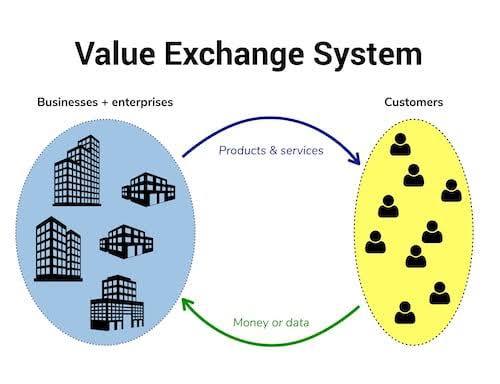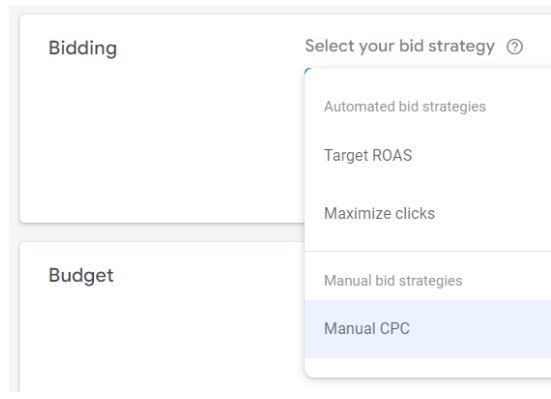In the competitive landscape of consumer products, understanding the role of data in retail partnerships is crucial. Retailers have deep insights into their customers—their identities, purchasing habits, and frequency of purchases. This information is invaluable for tailoring marketing strategies and enhancing customer experiences. However, as a brand, gaining direct access to this data can be a challenge, limiting your ability to engage effectively with your audience.
The Value of First-Party Data
Leveraging first-party data—information collected directly from your customers—allows you to gain deeper insights and create personalized marketing campaigns. For a direct-to-consumer (DTC) brand with 100,000 customers, managing this data can be relatively straightforward. But for a consumer packaged goods (CPG) company with a staggering 100 million global customers, the task becomes more complex. It involves navigating regulatory frameworks, managing data engineers, and maintaining dedicated servers.
To optimize profitability, it’s essential to prioritize the quality of your data over sheer volume. Regularly updating and cleansing your data is key to removing outdated or irrelevant records. Additionally, evaluating which data points are most valuable for your marketing initiatives ensures that your efforts are efficient and effective.
Benefits of First-Party Data
As privacy concerns grow, first-party data is becoming increasingly valuable for brands looking to gain a competitive edge. This type of data enables highly targeted and personalized marketing campaigns, helping you understand your customers better and build stronger relationships. The result? Improved trust and loyalty.
Harnessing Automation to Maximize Resources
In an era where brands are challenged to do more with fewer resources, marketing automation can be a game-changer. By implementing advanced marketing automation platforms, consumer product businesses can effectively manage and utilize both first- and zero-party data. These tools unify data across various channels, allowing for the creation of personalized marketing campaigns that drive revenue and attract new customers.
Automation enables brands to dynamically segment their customer base based on lifecycle stages, past behaviors, and real-time interactions. This targeted segmentation fosters tailored marketing messages that resonate with individual customers, ultimately leading to increased sales, reduced churn, and enhanced revenue generation.
Improving Marketing Budget Planning and Management
Effective management of your marketing budget is crucial for maximizing your return on investment (ROI). To achieve this, brands must be agile and ready to adapt their strategies in response to market changes. Here are some key steps to enhance your marketing budget planning and management:
– Scenario Planning: Prepare for various market conditions through scenario planning. This proactive approach helps you anticipate potential shifts and develop strategies to ensure a robust return on marketing investment (ROMI).
– Campaign Visibility: For brands managing multiple products or markets, having visibility into campaign performance is essential. Implementing a centralized marketing dashboard can help you monitor real-time performance, identify synergies, avoid redundancies, and allocate resources more effectively.
– ERP Integration: Integrate your marketing strategy with an Enterprise Resource Planning (ERP) system to facilitate seamless budget transfers, real-time expenditure tracking, and immediate adjustments based on campaign performance. This integration ensures agile and responsive budget management.
– Omnichannel Engagement: Today’s consumers engage with brands across multiple channels. An omnichannel approach ensures a consistent and seamless customer experience, enhancing engagement and satisfaction.
Turning Budget Constraints into Opportunities
In a challenging economic environment marked by inflation and shifting consumer spending, marketing constraints are inevitable. However, these constraints can be transformed into opportunities with the right strategies. By focusing on value exchanges, brands can effectively gather valuable first- and zero-party data. For example, incentivizing customers to share their information through discounts or free downloads can be highly effective. Consider using QR codes on packaging to direct customers to special offers or integrating pop-ups on your website to capture data in exchange for valuable content. This approach helps build a rich database while addressing budget constraints effectively.
Conclusion
In today’s competitive consumer products market, leveraging data is essential for creating targeted marketing strategies and enhancing customer experiences. By focusing on first-party data, utilizing automation, and effectively managing your marketing budget, you can navigate the complexities of the industry and turn challenges into opportunities. Embrace the power of data and value exchange to elevate your brand and drive success in an ever-changing landscape.











Leave feedback about this